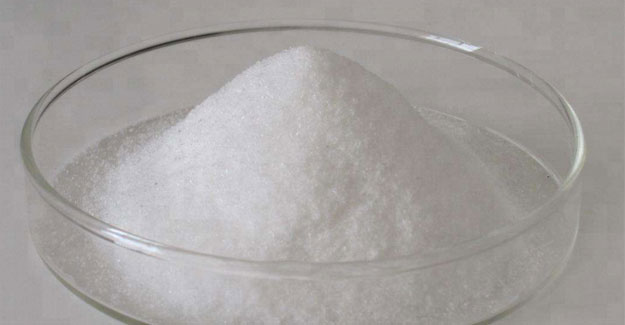
China PTA Net Exports To Reach 2.7M Tonnes By 2025
ICIS Data and Analytics had expected China's demand for paraxylene (PX) to grow in 2018 by 5.6% over 2017, but instead demand grew by 9.2%. Whereas local production looks likely to have been 10.3 million tonnes in 2018, some 540,000 tonnes less than forecast, last year's net imports soared to 15.9 million tonnes, as against an estimated 13.9 million tonnes. The growth in China's net PX imports over the last eight years has been nothing short of staggering. In 2010, they totalled just 182,566 tonnes. But how long will this opportunity last? Analysts believe China will push towards PX self-sufficiency more quickly, through major investments in new refinery-and-chemicals capacity. China's PTA production in 2018 looks as if it was no less than 2.4 million tonnes more than had been anticipated. This would leave last year's production at 39.2 million tonnes, 12% higher than actual confirmed production in 2017. Instead of China being in what we had expected would be a net import position, China's net exports totalled 58,014 tonnes. Building factories for the sake of building factories Quite clearly, therefore, the big increase in net PX imports versus what was estimated means that PTA production must have been surprisingly high. Why did PTA plants run so hard in 2018 then? One reason seems to be improved spreads. In 2017, the spread between the costs of PX feedstock and PTA prices in China (it takes 0.67 tonnes of PX to make a tonne of PTA) averaged $83/tonne. But last year the spread rose to $140/tonne. This likely reflects stronger downstream demand as spreads between PTA and mono-ethylene glycol feedstock costs polyester fibre prices also edged up. But there is another argument that explains why Chinese PTA plants ran harder than we had thought in 2018. From 2009 onwards, China launched a major wave of investments in new PTA plants. This was during the 2009-2017 economic stimulus programme when China was responsible for 50% of the $33 trillion of total stimulus pumped into the global economy. This wasn't about building PTA and other manufacturing plants based on long term supply and demand analysis. The government had instead panicked because of the potential damage from the Global Financial Crisis. Banks were ordered to lend money to companies with virtually no strings attached. The message essentially was, "Build factories for the economic multiplier sake of building factories, even at the risk of creating oversupply." The effect on the global PTA industry was quite staggering. In 2010, China's net PTA imports were 6.6 million tonnes. Last year, China was in a net export position of 58,014 tonnes. It could be that in 2018 not all PTA producers were making good money because of the rapid growth in local competition. But they still ran hard because loans had been written off by banks, which were asked to do so by local governments anxious to maintain employment as the economy slowed down. This meant that some of China's PTA plants might have operated as hard as possible as debt write-offs meant they only had to cover variable costs. Improved spreads indicate that variable costs were more easily covered in 2018 versus 2017. And what if China's economy continues to slow down in 2019 and beyond? China might return to exporting deflation to the rest of the world as Chinese PTA and other companies try to get rid of surplus capacity in overseas markets. 2.7m or even 3.3m tonnes of net PTA exports by 2025 Preliminary production data indicate that China's PTA plants ran at 91% capacity in 2018. Let's assume, for argument's sake, that capacity utilisation up until 2025 will be higher than the average rates of 80% in 2019-2025. This would result in China being in a net import position in up until 2022 before moving into modest net exports thereafter. If you raise average rates to 84% in 2019-2020, China is in a net export position throughout the period and is exporting 2.7 million tonnes of PTA in 2025. Might capacity utilisation be even higher? Raise rates by just another percentage point in 2025, from 92% to 93%, and net exports jump to 3.3 million tonnes.
Textile Excellence
If you wish to Subscribe to Textile Excellence Print Edition, kindly fill in the below form and we shall get back to you with details.








